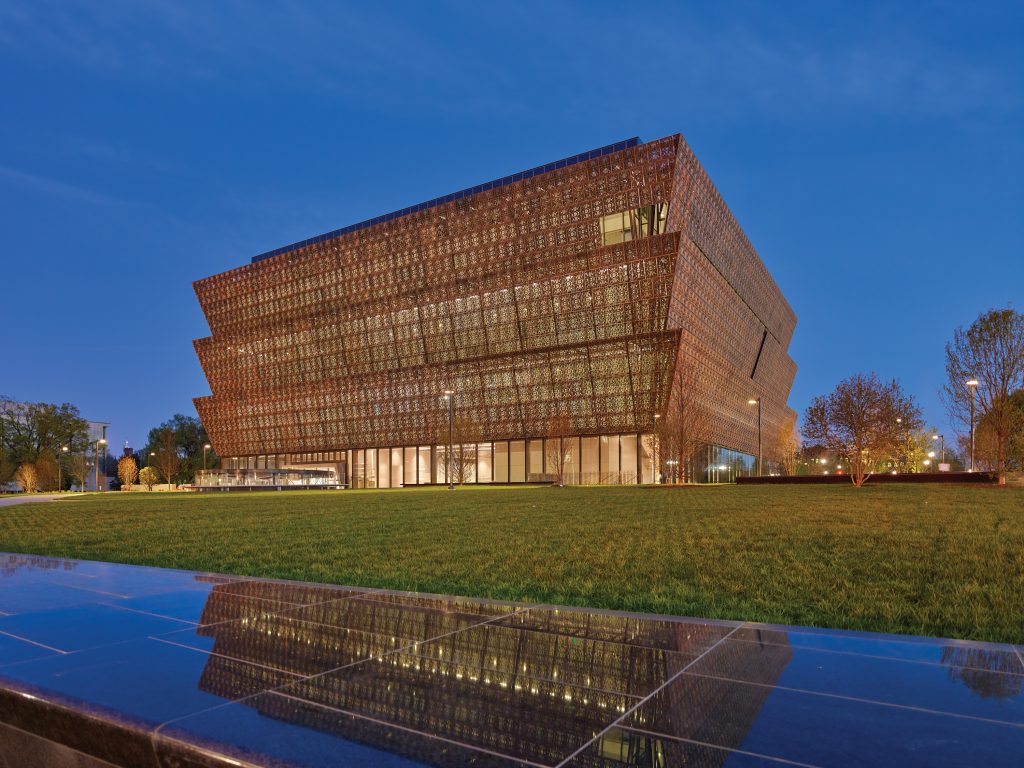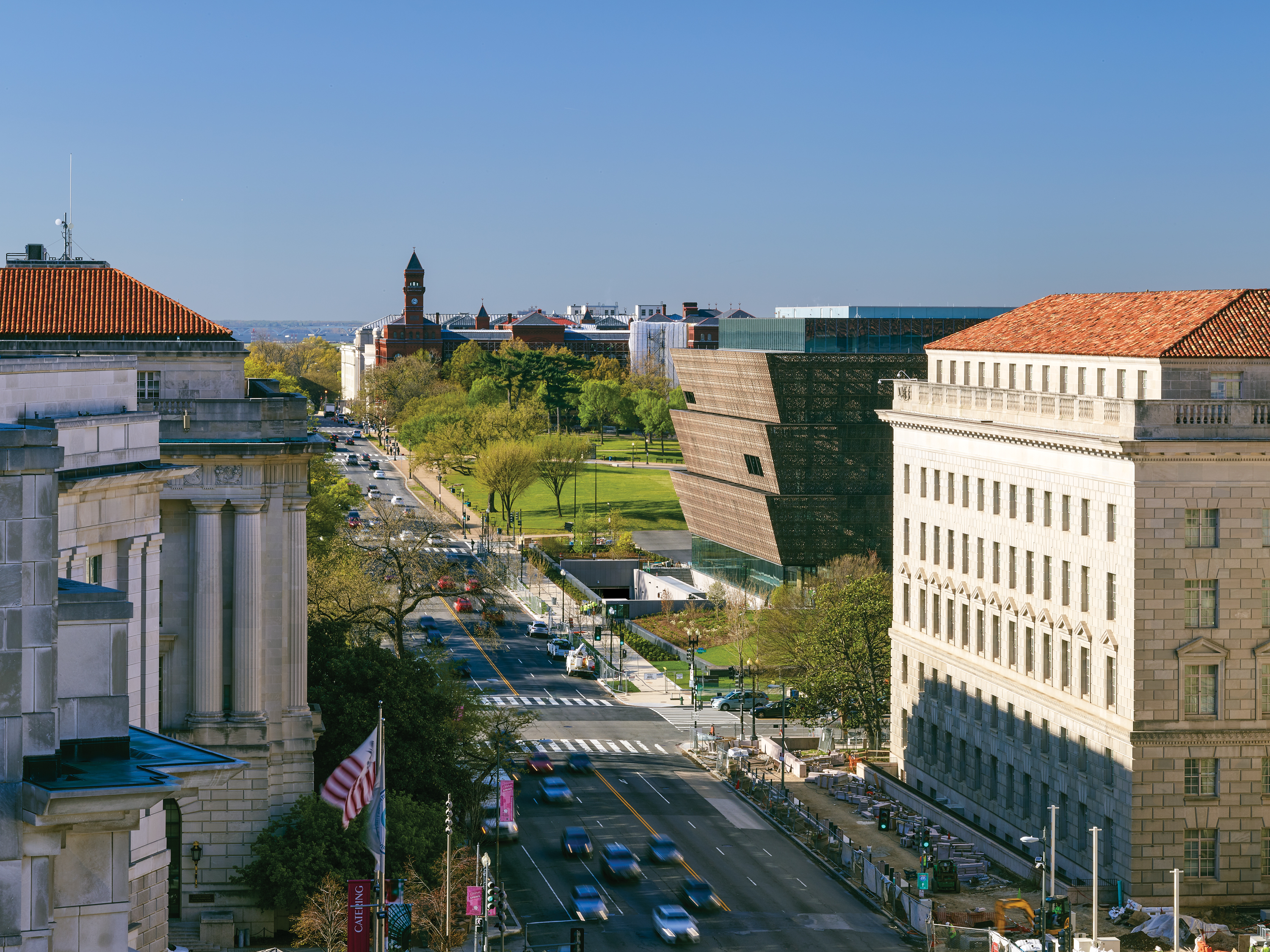Michele Norris: New Smithsonian Museum Explores Pain, Triumph of African American History
“Your history is part of your wealth,” says Norris.

A couple weeks ago, the Smithsonian opened the National Museum of African American History and Culture in Washington D.C.
Within a couple days, advance tickets to get into the museum were sold out for the entire year.
The museum chronicles the substantial impact of African Americans on our country from the very beginning, and likewise, the substantial and often painful impact of the country on African American lives. And yet some questions lurked in the recesses of the internet — why should African Americans get a whole museum devoted specifically to their history?
Former NPR host and longtime public radio personality and journalist Michele Norris wrote an article for National Geographic about the new Smithsonian museum. She tells Detroit Today host Stephen Henderson that the museum explores both the painful and the triumphant stories of African American history.
“They started this museum with no artifacts, which is unusual for a Smithsonian,” says Norris. “They knew that many of these things might be in the hands of collectors, but many of them were also just stocked away in people’s attics and basements and garages… Because museums had not necessarily valued these things, but also because communities of color hadn’t valued these things, or that they had stored them away because they were so painful. And that spoke to me.”
Norris says she’s now “almost evangelical” about encouraging people to embrace their histories — especially, she says, if they are painful.
“Because your history is part of your wealth,” she explains. “Just as you wouldn’t leave money on the table, you shouldn’t leave your historical wealth on the table either. You should figure out where you come from, who your people are, and how they did persevere, because I guarantee that that will add to your own reservoire of strength in doing so.”
This conversation originally aired on Detroit Today on October 12, 2016.
To hear the full conversation, click on the audio player above.

